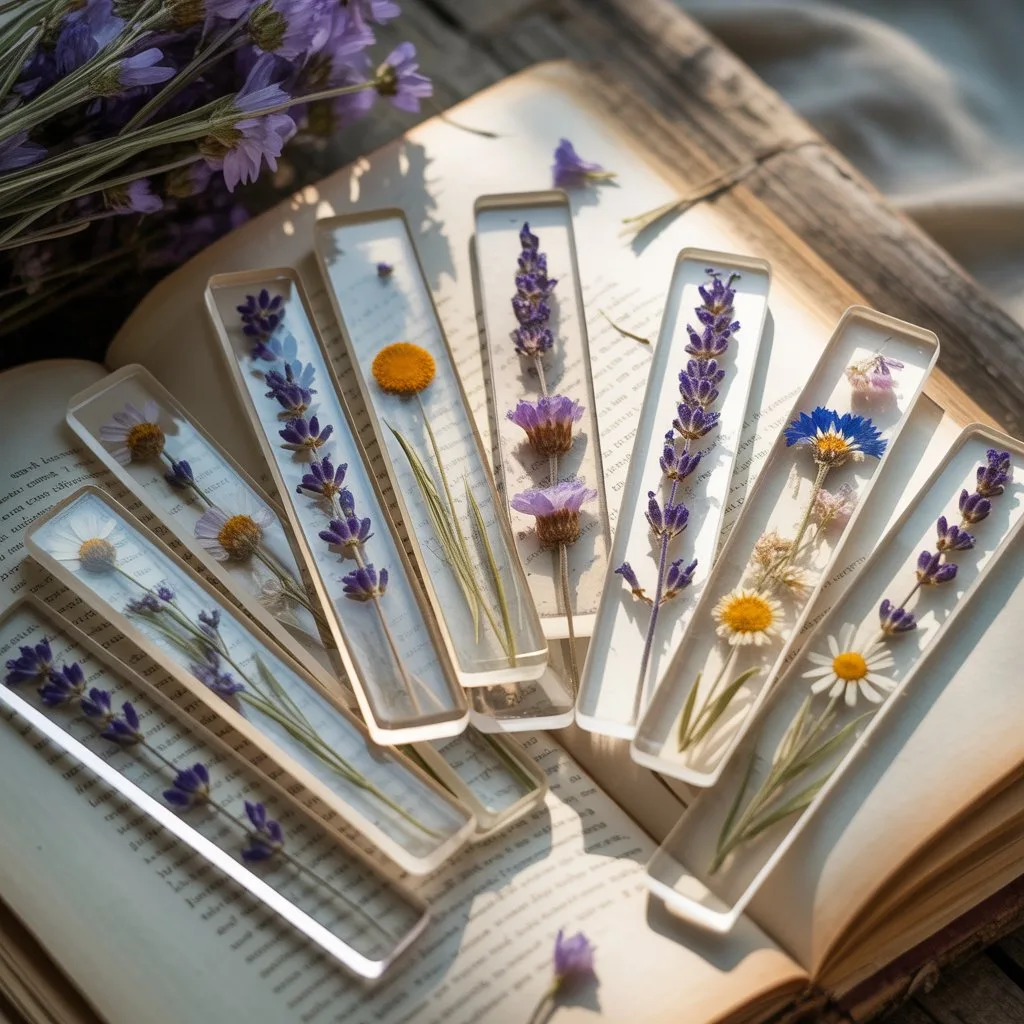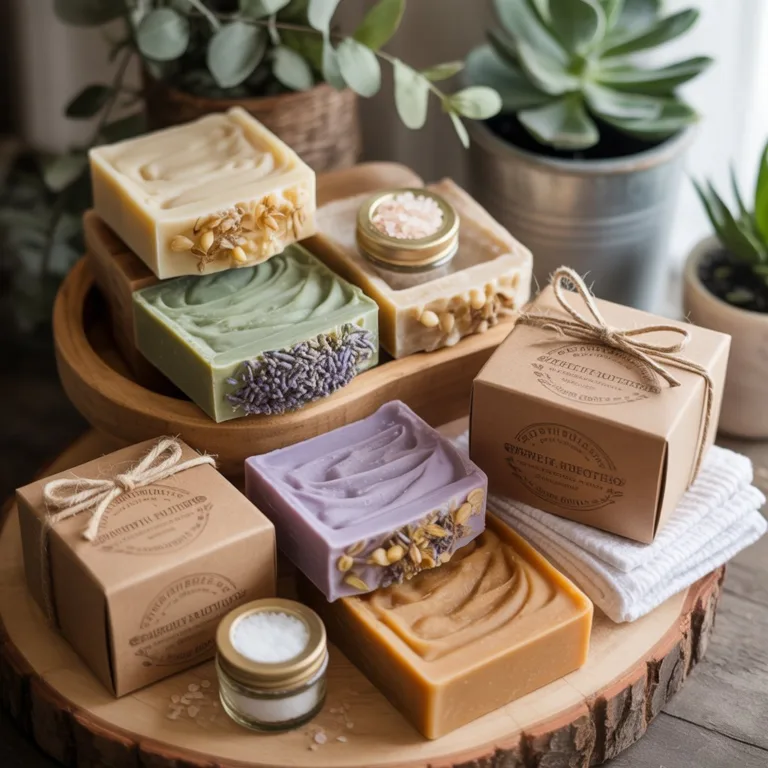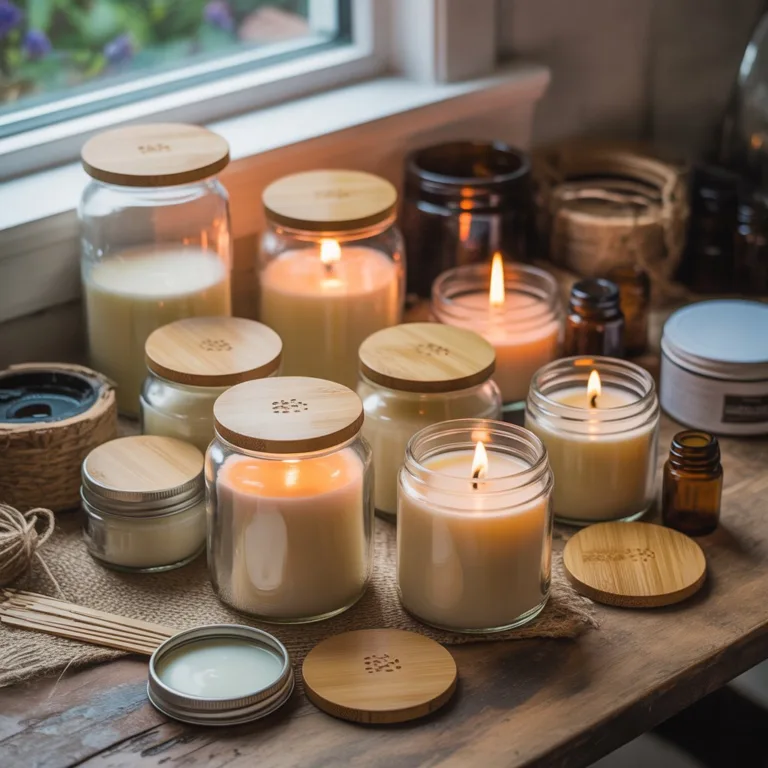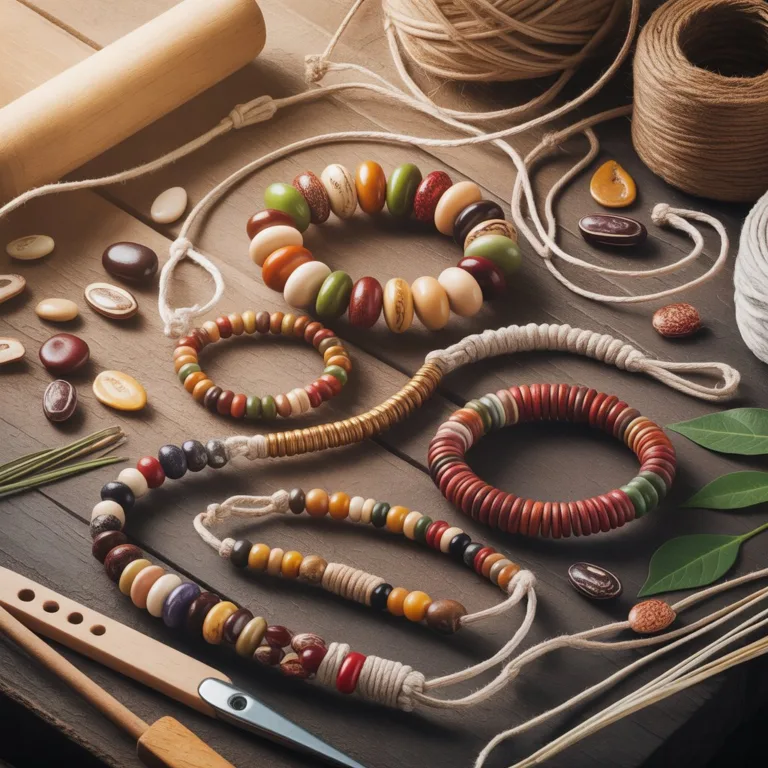Bookmarks are more than just placeholders in a book — they’re small, personal expressions of creativity. Handmade bookmarks from dried flowers bring a touch of nature into the reading experience, transforming an everyday object into a piece of art. Combining the natural beauty of flowers with the durability of paper and sustainable crafting practices, these bookmarks celebrate both creativity and environmental mindfulness.

Whether you’re crafting them for yourself, giving them as gifts, or creating a classroom project, making bookmarks from dried flowers is an enjoyable and rewarding process. It encourages artistic thinking, attention to detail, and an appreciation for nature’s fragile beauty — all while promoting eco-friendly habits by reusing materials and natural elements.
The Charm of Dried Flower Crafts
Flowers have long been symbols of emotion, beauty, and the passage of time. When dried and preserved, they maintain their delicate patterns and colors, becoming perfect materials for long-lasting art projects. Dried flower crafts are gaining popularity among sustainable crafters because they require minimal tools, create little waste, and result in stunning handmade items that feel personal and organic.
Handmade bookmarks from dried flowers capture the magic of this art form. They combine the texture and color of nature with the practical use of a reading accessory — merging functionality and beauty. Each bookmark is unique because no two flowers dry exactly alike, giving every piece a personal touch.
Why Dried Flowers Work So Well
Dried flowers have structural and aesthetic qualities that make them perfect for bookmarks:
- Lightweight: Once dried, flowers are thin and light, ideal for embedding in paper or laminating.
- Color Retention: Properly dried blooms keep much of their natural color, adding brightness to the final piece.
- Sustainability: Using flowers from your garden or fallen petals reduces waste and promotes eco-conscious creativity.
- Durability: When preserved correctly, dried flowers can last for years without losing their form.
The key lies in selecting and drying flowers carefully so they retain their charm and integrity for the final design.
Choosing the Right Flowers
Not all flowers dry the same way. Some retain their color beautifully, while others fade or crumble easily. For handmade bookmarks, choose species that are flat, colorful, and durable after pressing.
Ideal choices include:
- Pansies and violas for their vivid hues and flat petals.
- Fern leaves for a touch of greenery and fine texture.
- Baby’s breath for delicate white clusters.
- Lavender for subtle purple tones and fragrance.
- Daisies for their cheerful, classic look.
You can also experiment with petals instead of whole blooms, arranging them into abstract patterns or small mosaics. Mixing leaves, grasses, and tiny wildflowers creates texture and visual variety.
How to Dry Flowers for Bookmarks
Pressing flowers is one of the oldest and most reliable ways to preserve them for crafts. It allows flowers to dry flat and retain much of their shape and pigment.
To dry flowers for bookmarks, you can use one of these eco-friendly methods:
Traditional Book Pressing
Place flowers between sheets of absorbent paper (like newspaper or parchment) and sandwich them inside a heavy book. Add extra weight on top to maintain pressure. Leave them for 10–14 days in a dry space, changing the paper halfway through if needed.
Iron Pressing for Quick Results
If you want faster results, use a warm iron (on low heat). Lay the flowers between parchment paper and gently press for a few seconds. Avoid direct contact between iron and petals to prevent scorching.
Reusable Flower Press
If you plan to make many bookmarks, investing in or making a small wooden flower press is ideal. It ensures even drying and can be reused for multiple batches of flowers.
Materials for Handmade Bookmarks
Once your flowers are dried and ready, gather the basic materials for crafting:
- Dried flowers or leaves
- Thick paper or cardstock (recycled options are great)
- Clear adhesive or double-sided tape
- Scissors or a craft knife
- Optional: lamination sheets or eco-friendly resin for durability
- String, ribbon, or twine for decoration
For a sustainable touch, consider using recycled paper, biodegradable laminating film, or plant-based glue. These choices reduce environmental impact while maintaining quality and longevity.
Designing Your Bookmark
The creative process begins with arranging your dried flowers. Before gluing or sealing, test several layouts on your paper base. Think about balance, contrast, and symmetry.
- Minimalist design: Use a single pressed flower centered on the bookmark for a simple, elegant look.
- Botanical collage: Combine multiple petals and leaves to form a small garden scene.
- Framed look: Leave a border around the flowers to mimic a nature display or vintage herbarium style.
Consider pairing your floral designs with small touches of calligraphy or hand lettering — a favorite quote, a botanical name, or your initials. It adds a personal layer of meaning and artistry.
Assembling and Sealing the Bookmark
Once satisfied with the layout, gently adhere the flowers to the base using a thin layer of glue. Be careful not to over-apply, as excess moisture can cause discoloration or curling. After gluing, press the bookmark under a clean, heavy book for a few hours to ensure everything sets evenly.
To protect the flowers and ensure the bookmark’s durability, you can:
- Laminate the bookmark: Use a laminator or adhesive laminating sheets to encase the flowers. This method keeps them safe from moisture and friction.
- Use eco-resin: A thin coat of biodegradable resin gives a glossy finish while maintaining an organic appearance.
- Cover with transparent recycled plastic: Cut and seal by hand for a lightweight, flexible alternative.
After sealing, trim the edges neatly and punch a small hole at the top for a ribbon or twine. This finishing touch adds both style and practicality, making it easy to spot the bookmark in a book.
Creative Variations and Additions
One of the best things about crafting with dried flowers is the creative freedom it allows. Here are some ways to personalize your bookmarks:
- Scented bookmarks: Lightly spray essential oils (like lavender or chamomile) onto the paper before sealing.
- Layered textures: Combine pressed flowers with small paper cutouts, recycled fabric scraps, or hand-painted backgrounds.
- Natural dyes: Stain your paper base with coffee, tea, or beet juice for an aged, organic look.
- Eco-friendly message tags: Add quotes about nature or sustainability to make them more inspiring.
You can even turn your bookmark-making session into a small-scale project for eco workshops, schools, or gift-making activities.
Educational Value of Flower Bookmark Projects
Crafting handmade bookmarks from dried flowers is more than an art activity — it’s a learning opportunity. It blends creativity with environmental education, helping children and adults understand sustainability through hands-on experience.
Some of the educational aspects include:
- Botanical learning: Identifying different flower species and understanding plant structures.
- Scientific observation: Observing how color and form change as flowers dry.
- Sustainability awareness: Encouraging the reuse of natural materials and mindful crafting.
- Fine motor skills: Cutting, gluing, and arranging flowers improve dexterity and patience.
Teachers often integrate flower-pressing projects into biology, art, or environmental education lessons because they promote a connection between creativity and ecology.
Making Bookmarks as Meaningful Gifts
Handmade bookmarks from dried flowers make wonderful gifts — personal, artistic, and eco-friendly. Whether given to a teacher, friend, or book lover, each piece carries a story: the season the flowers were picked, the care taken in preserving them, and the time spent crafting them by hand.
To make them even more special, consider:
- Adding a short handwritten note on the back.
- Using flowers that hold sentimental value — like blooms from a wedding bouquet or a favorite garden.
- Packaging the bookmarks in recycled kraft envelopes or tied with natural twine.
These small details transform a simple craft into a heartfelt keepsake.
Sustainability and Long-Term Care
To ensure your handmade bookmarks last as long as possible, store them properly and handle them gently. Keep them away from direct sunlight, moisture, and excessive heat. Even though laminated or sealed bookmarks are more resistant, it’s best to avoid bending them too often.
If you’re creating them to sell or share in workshops, highlight their eco-friendly nature — made from recycled paper, natural materials, and zero plastic waste (if possible). These practices not only preserve the planet but also appeal to a growing audience that values sustainable creativity.
The Joy of Preserving Nature in Art
Making handmade bookmarks from dried flowers is a celebration of both creativity and sustainability. It reminds us that art doesn’t need to rely on synthetic materials or complex tools; sometimes, the most beautiful results come from what nature already provides.
Each bookmark becomes a moment captured in time — a flower that once bloomed in sunlight, now pressed into memory and art. Whether you’re crafting as a mindful hobby, a teaching project, or a way to reconnect with nature, these bookmarks are a small but meaningful act of preservation.
So gather a few flowers, press them gently, and let your imagination grow. The next time you open a book, you’ll find not just a marker, but a handmade piece of nature waiting to greet you.

Lucas Hartman is a DIY enthusiast and sustainability advocate focused on natural crafts and eco-friendly home décor. With a background in arts and design, Lucas creates tutorials that help families and hobbyists transform everyday recycled or organic materials into beautiful, functional projects.



